Katzhagen - Archive - Aril 2011
Enlarging the layout's clearance...
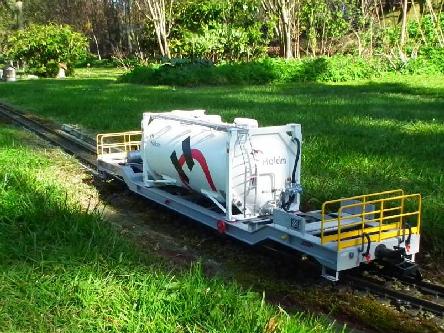
The first ride of the self-built car in Spring ...
... became necessary in some places because of the platform steps' position of
these cars. The steps are located just a bit above the rail's top and swing
out quite a lot in curves which resulted in space problems in a few places
like at the lawn tractor's level crossing and at the RhB signal lights.
The situation was already known since putting together the cars' frames, but it became an issue only now that the cars were put into service.
The right picture below shows that there was a quite simple solution to the problem with the lawn tractor's level crossing: A hammer for widening the plastic profile and a methacrylic adhesive for fixing the profile's side walls.
The situation was already known since putting together the cars' frames, but it became an issue only now that the cars were put into service.
The right picture below shows that there was a quite simple solution to the problem with the lawn tractor's level crossing: A hammer for widening the plastic profile and a methacrylic adhesive for fixing the profile's side walls.
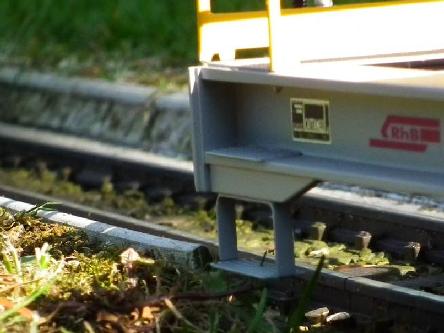
... required some minor changes of the the layout's clearance...
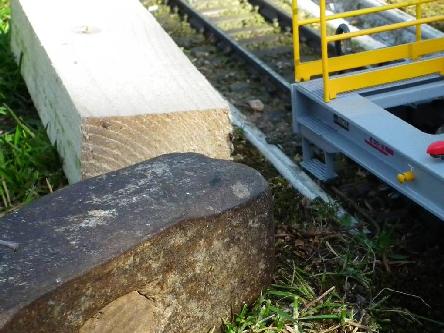
... like at the level crossing for the lawn tractor.
The steps also went on a collision course with the RhB signal lights.
The problem manifested itself in the magnet holders when passing a red signal light in reverse direction: The lights had to gain some distance from the track.
At three signal lights the cross-ties were lengthened for mounting the motor housing in a simple way. Cross-ties from the box of remainders were abused by cutting off and bending up their ends which are screwed together with the track's cross-ties then.
If the the subgrade allows for doweling one also can use the signal motor housing's link plates for simply screwing the signal light to the ground.
The problem manifested itself in the magnet holders when passing a red signal light in reverse direction: The lights had to gain some distance from the track.
At three signal lights the cross-ties were lengthened for mounting the motor housing in a simple way. Cross-ties from the box of remainders were abused by cutting off and bending up their ends which are screwed together with the track's cross-ties then.
If the the subgrade allows for doweling one also can use the signal motor housing's link plates for simply screwing the signal light to the ground.
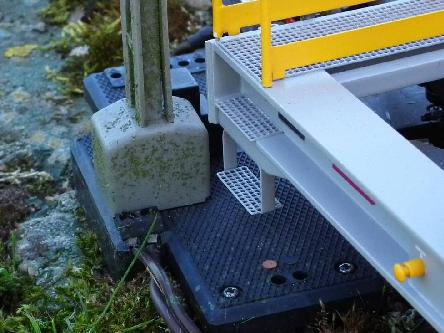
The next problem case RhB signal lights
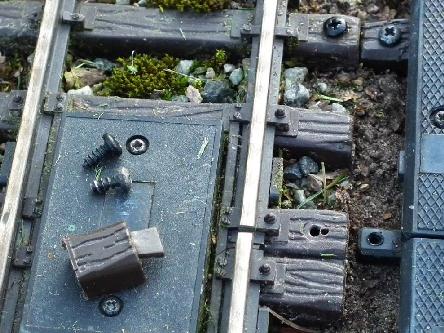
... remedied by lengthening the cross-ties ...
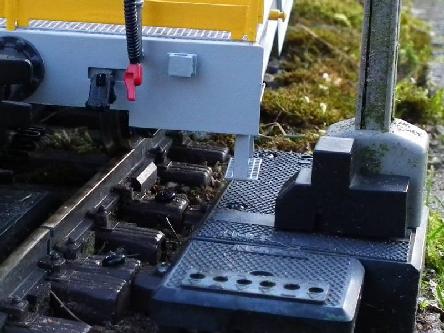
... which results in more distance from the track.
Already when projecting the layout it may be an advantage to think in bigger dimensions, if possible. It will save such rework later. You live and learn...

